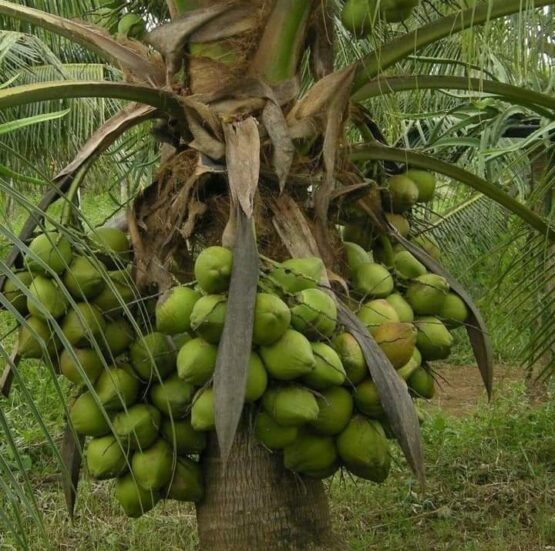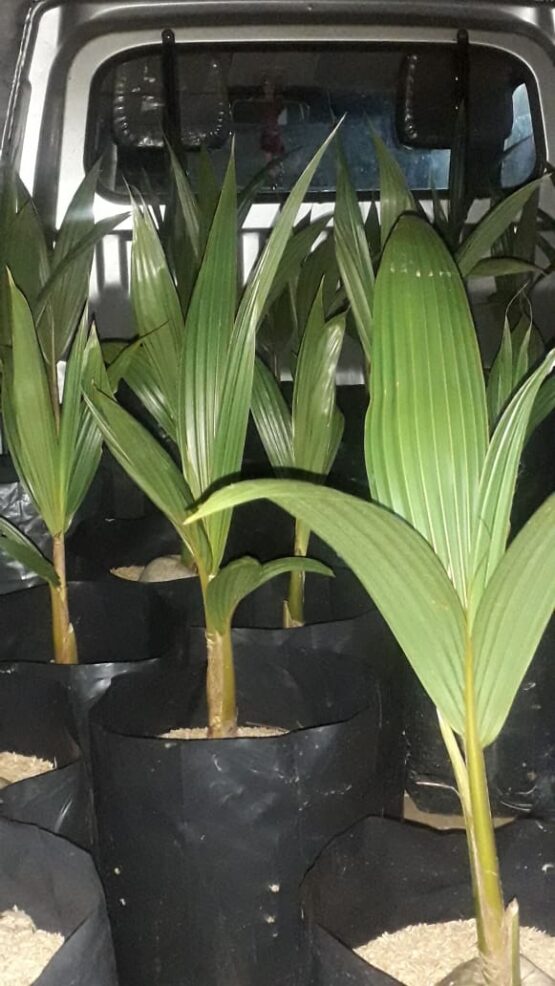Hybrid vs. Traditional Coconut Plants: A Price and Yield Comparison
Coconut cultivation is integral to Sri Lanka’s economy and culture. Often referred to as the “Tree of Life,” the coconut palm provides essential resources for food, cosmetics, and medicine, while generating significant income for many farmers. In light of growing global and local demand, cultivators must choose between hybrid and traditional coconut varieties. This article compares costs, yields, and key considerations, helping Sri Lankan farmers make well-informed decisions.
Hybrid Versus Heritage Coconut Types
Hybrid Coconut Trees
Hybrid varieties arise through the cross-breeding of different coconut strains. This process produces trees that offer notable advantages, such as earlier maturity, higher yields, and stronger resilience against pests and diseases.
Heritage Coconut Palms
Heritage palms, meanwhile, grow via natural pollination and have deep historical roots in Sri Lanka. Although they hold cultural value and traditional appeal, they typically generate lower yields than their hybrid counterparts.

Cost Comparison for Sri Lankan Growers
For many local farmers, overall cost is a key factor. Hybrid trees generally cost more because of the specialized cross-breeding efforts required. On average:
- Hybrid Coconut Trees: Range from LKR 1,200 to LKR 2,400 per plant
- Heritage Coconut Palms: Range from LKR 600 to LKR 800 per plant
However, hybrids often pay off in the long run, thanks to their larger yields and robust nature.
Yield Differences
Farmers aiming to boost productivity should carefully consider yield potential.
- Hybrid Varieties: Often produce 150–200 coconuts per tree each year
- Heritage Varieties: Typically yield around 50–80 coconuts per tree annually
Because hybrid trees possess genetic traits that guard against disease and adapt well to different climates, they can perform reliably, even in areas prone to pests or unpredictable weather.
The higher yield of hybrid plants can be attributed to their genetic traits, including disease resistance and adaptability to varying climates, making them ideal for regions in Sri Lanka affected by pests or unpredictable weather patterns.

Key Advantages of Hybrid Coconut Plants
- Shorter Maturity Period
Hybrid plants begin bearing fruit as early as 3 to 4 years after planting, compared to the 6 to 8 years required by traditional plants. - Resilience to Weather and Pests
Hybrid varieties are better equipped to withstand Sri Lanka’s extreme weather conditions, such as heavy winds during monsoon seasons and prolonged droughts in dry zones. - Higher Income Potential
With more coconuts produced annually, hybrid plants allow farmers to meet the rising demand from local and export markets, ensuring higher returns on investment.
Challenges with Traditional Coconut Plants
While traditional coconut plants are less expensive upfront, they come with challenges that could affect long-term profitability:
- Lower Yield: Fewer coconuts per tree, leading to reduced income.
- Longer Maturity Period: Delays income generation, which is particularly challenging for smallholder farmers.
- Higher Maintenance Costs: More susceptible to diseases and pests, increasing the need for pesticides and crop protection measures.
Factors to Consider for Sri Lankan Farmers
When choosing between hybrid and traditional coconut plants, it’s important to evaluate factors specific to your plantation:
- Climate and Soil Conditions: Some areas of Sri Lanka, like the Coconut Triangle (Kurunegala, Puttalam, and Gampaha), are naturally suited for higher-yield varieties.
- Market Demand: Farmers aiming to supply the export market for products like coconut oil, desiccated coconut, or water may benefit more from hybrid varieties.
- Budget and Long-Term Goals: Initial investment capacity and expected income over time should guide decision-making.
Conclusion
The decision between hybrid and traditional coconut varieties in Sri Lanka hinges on balancing costs, yields, and specific regional conditions. While traditional varieties offer cultural significance and lower initial costs, hybrids provide advantages in terms of yield, maturity period, and disease resistance. Farmers are encouraged to consult with local agricultural experts and consider resources from the Coconut Research Institute of Sri Lanka to determine the most suitable variety for their unique circumstances. For more information
By making informed choices, farmers can enhance their livelihoods and contribute to the sustainable growth of Sri Lanka’s coconut industry.













